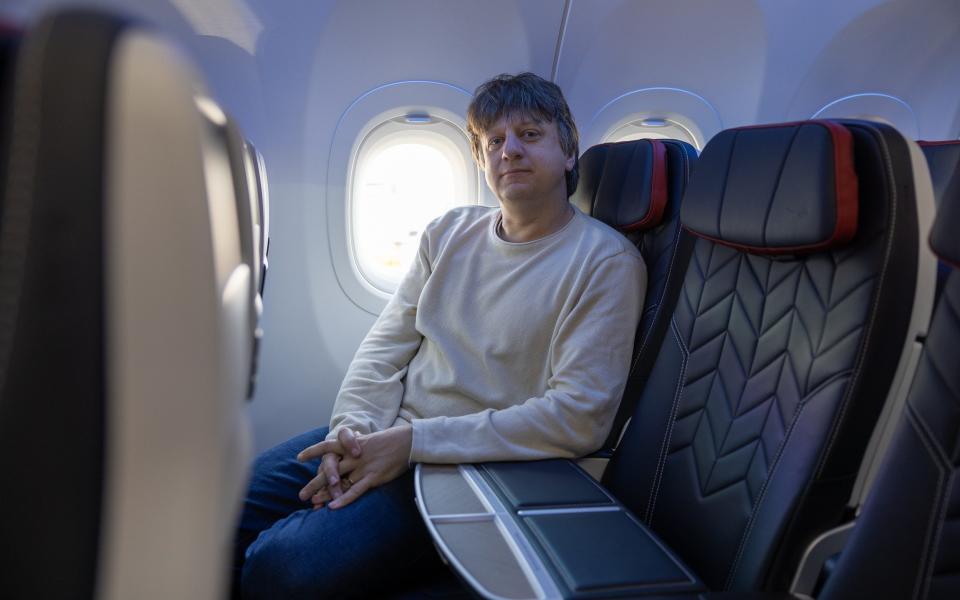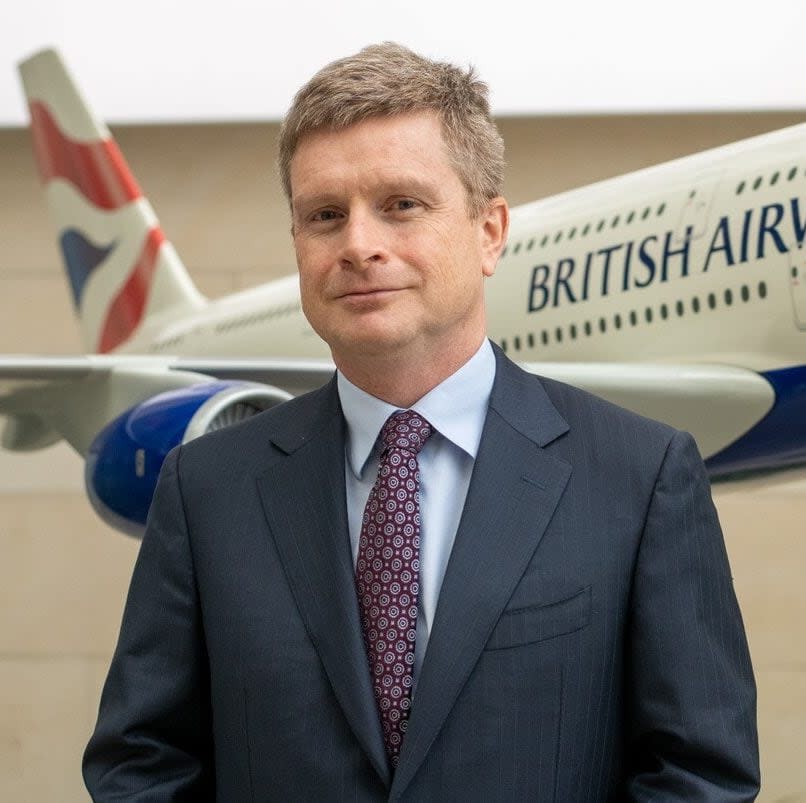It was the ancient Chinese philosopher Lao Tzu who is said to have offered the sage statement that “a journey of a thousand miles begins with a single step”. But in the case of British Airways, a seven billion pound journey began this week with… one aircraft.
From the outside, G-TNED isn’t much to look at – in that it’s no different to any other short-haul aircraft in the BA fleet; that classic white stripe, those semi-symmetrical splotches of red and blue on the tail. But inside, quietly, this A321neo is at the forefront of an overhaul (and, perhaps, overdue) of our national flag carrier.
This process was announced at the beginning of March; The airline’s chief executive Sean Doyle talks about “a journey to a better BA for our people and customers, supported by a transformation program which will see us invest £7 billion over the next two years, to revolutionize our business”. To put this in less boardroom-friendly language, this gentle revolution will equate to a new website, a new app, a whole new lounge at Dubai International Airport, and completely revamped ones in Seattle, Lagos, Edinburgh and Heathrow. It will also create 350 new jobs at that London hub, a step into artificial intelligence technology that will (presumably) help with “on-time flights”, stylish “new rooms” in first-class cabins for long-haul planes. (which should start appearing in the airline’s A380 fleet by the end of next year) – and redesigned interiors and seats on their short-haul siblings.

It is these final bells and whistles that G-TNED takes to the stage. Although seven more brand new A320neos and A321neos – equipped in the same way – will be in the hangar by the end of the year, G-TNED is the only British Airways plane in service with this new blueprint. Delivered to the airline by Airbus only at the beginning of this month, it has been carrying out its duties – without much in the way of justification – since last Friday (May 3), through flights to Brussels, Edinburgh, Barcelona , Stockholm, Athens and Marrakech. Come Tuesday morning, Rome was there – and it was my turn.
Even amid the hum of an early boarding time, in the balmy daylight of 7 am, the crispness of the reworked cabin was evident. If there is such a thing as a “new car smell” – and the general thrust of most car ads suggests does – then there is a “new plane” smell; vague aroma of metal, plastic and fiberglass that no previous careful owners. And the seats added to the general cheerfulness of life – a pleasant mix of red (the outer edges of the headrest), white (the seatback), and (dark) blue (the main upholstery).
“We have been working on this project for two years,” explained Calum Laming, BA’s Chief Customer Officer. “We’re updating the interior, so we brought in the new colors.”


The redesign, he continued, was an extensive collaboration between a diverse range of companies and creative minds across the UK. The seat itself was designed by Collins Aerospace in Northern Ireland. The leather used is Scottish. Specialists in Manchester, London and High Wycombe (and Dublin) were involved. “It really is a British seat,” Laming added. “The color scheme feels very British Airways”.
Of course, soft relaunches and behind-the-scenes ideas are one thing; the basic procedure of getting on a plane and flying somewhere in the real world is quite another.
So will any of this have a noticeable impact on your flight? Well, maybe. The seat was certainly comfortable during my two-hour hop to the Italian capital. The business cabin (Club Europe) is worth noting because of the built-in tray table that provides an additional element of space and blocks what would normally be a centerpiece. But the seats are identical throughout the aircraft, although there is more pitch – the distance between the rows – at the front of the aircraft (on the A321neo, this is 31″ and 30″ in the premium cabin, 29″ in the economy.) The headrest is a nice touch; the USB charging port has been moved to a more accessible location on the back of the seat (after being lower). overhead luggage bins, which have been extended in each compartment – providing additional storage.
A promising start, in other words. But what are your chances of experiencing these changes on your own? So far, with only one such plane in the air, crossing paths is unlikely. That said, at the time of writing, G-TNED’s diary includes scheduled departures to Venice, Glasgow and Cairo. None of these very different cities are close to exactly 1,000 miles from London, but as Lao Tzu noted, every journey must start somewhere.